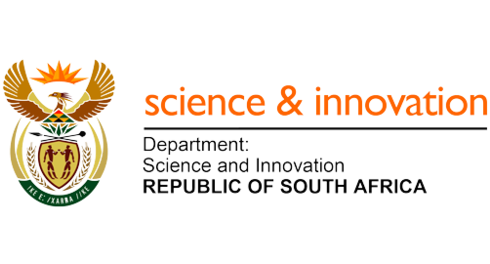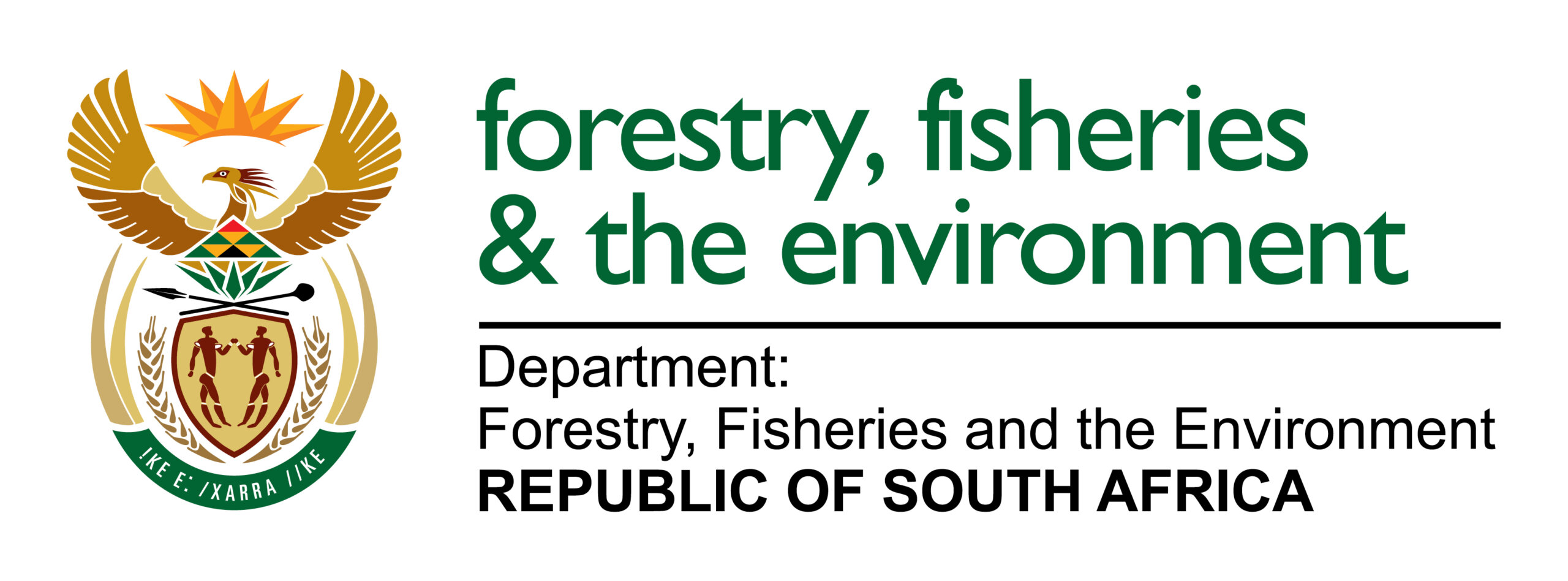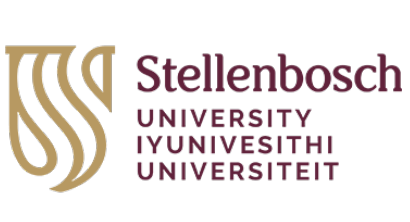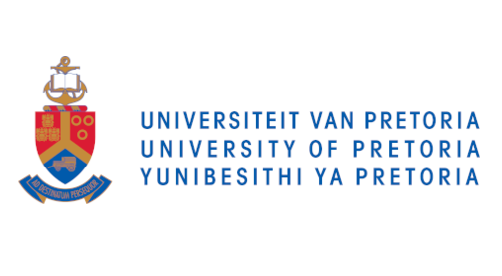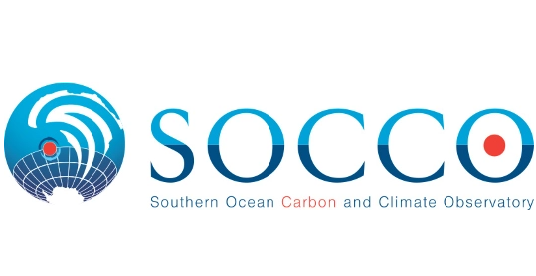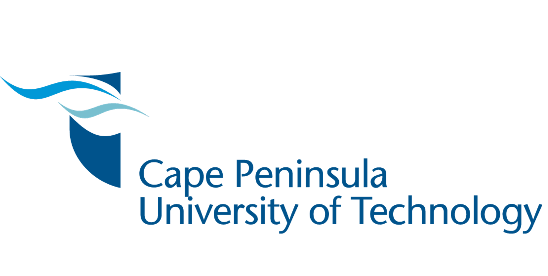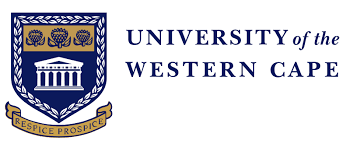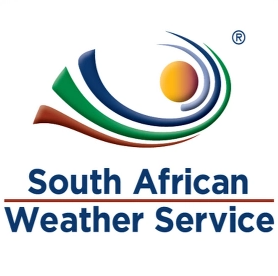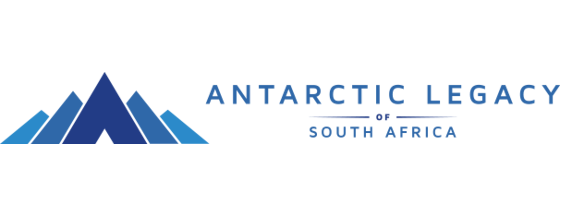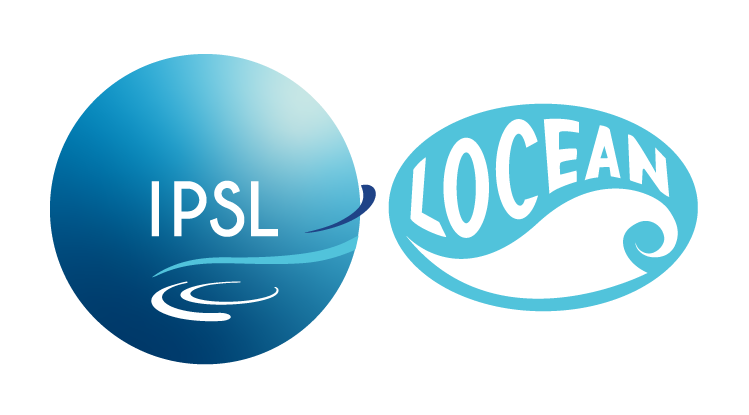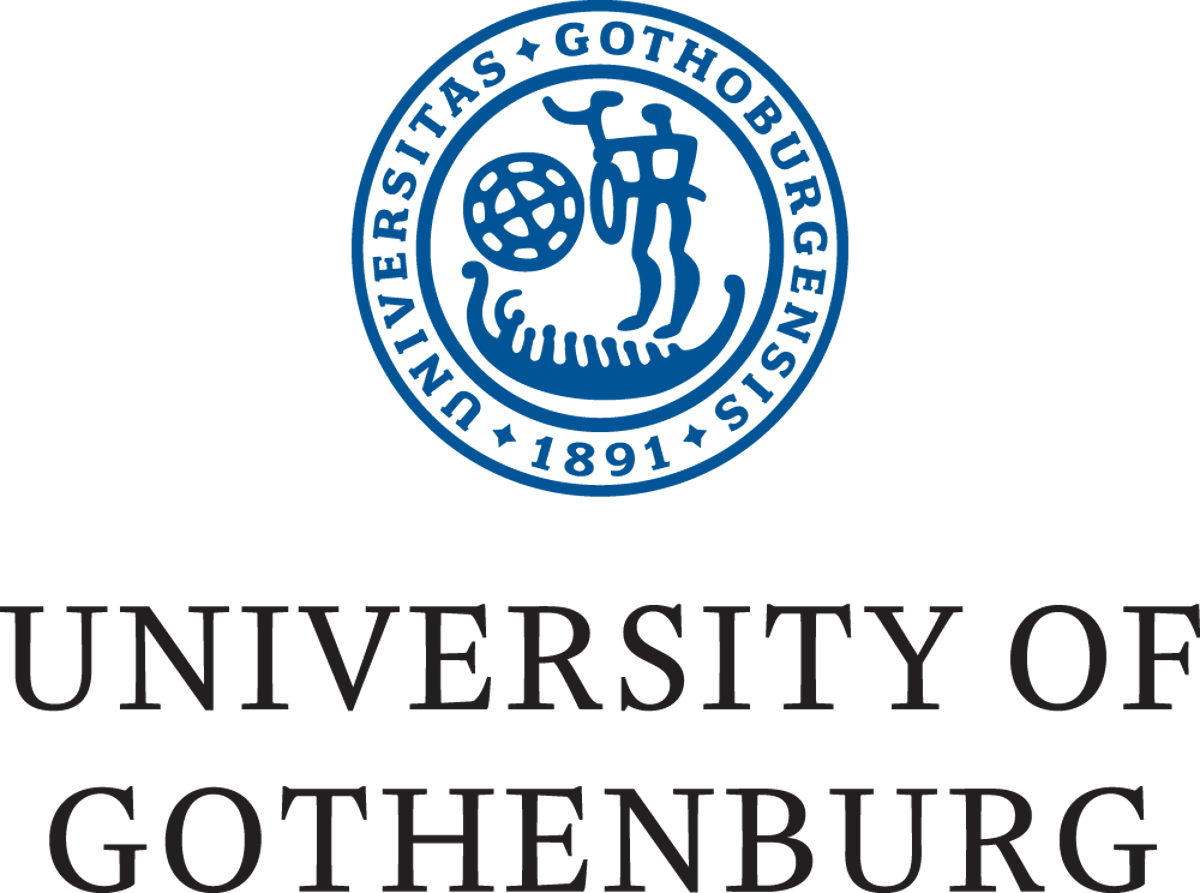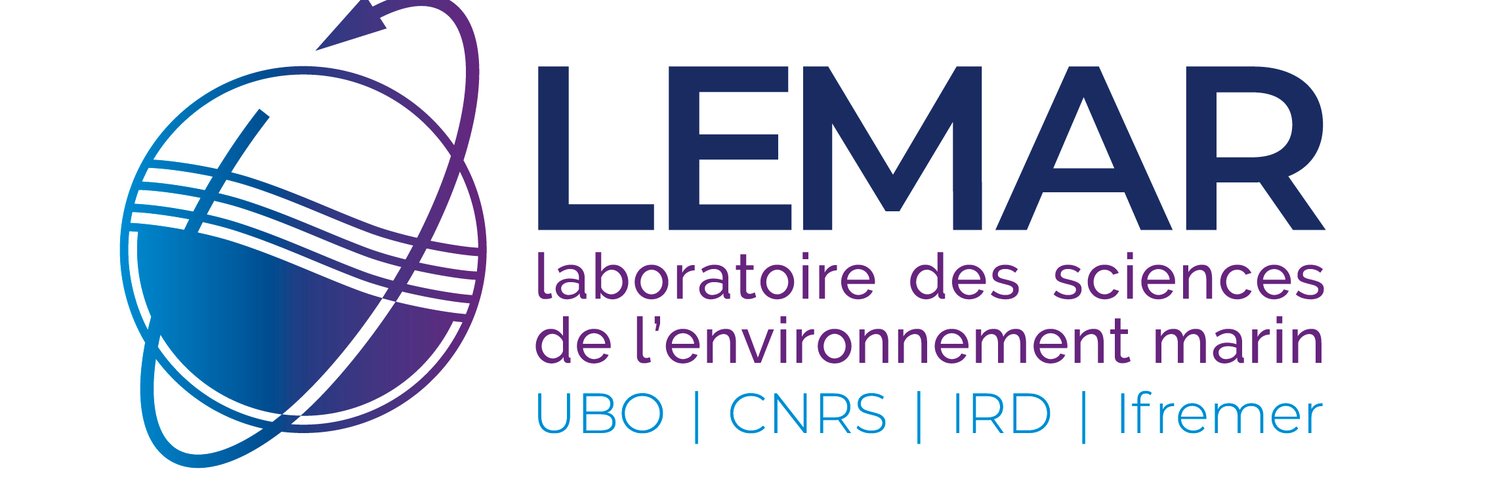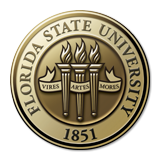




The seasonal cycle is an important mode of variability that couples the physical mechanisms of climate forcing to ecosystem response in phytoplankton diversity, primary production and carbon export.
Model simulations tend to overestimate the magnitude and miss the timing of the Southern Ocean seasonal cycle. This drives the need for more biogeochemical data sets that address the problem of model biases; firstly to identify them and secondly to characterise the associated mechanisms that will allow improved projections.
SCALE (Southern oCean seAsonaL Experiment) is a novel interdisciplinary experiment that spans seasonal to decadal time scales in the south east Atlantic sector of the Southern Ocean. SCALE contributes both long-term and experimental observations towards a greater understanding of the role of fine scale dynamics in shaping the phasing and magnitude of the Southern Ocean seasonal cycle through novel integrated ship and robotics experiments.
SCALE is a collaborative initiative that consolidates project research from various funding sources and institutions into a unified science program, maximising return on investment.
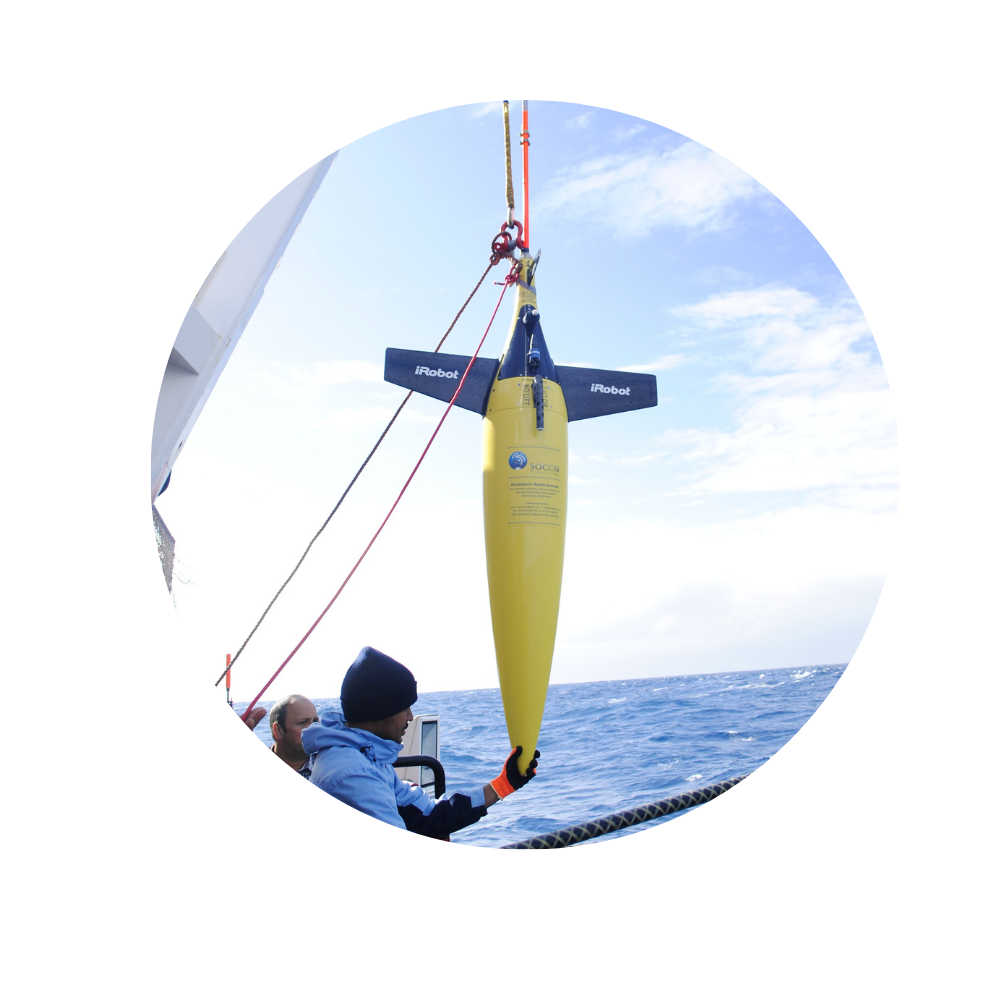


SCALE HYPOTHESIS
Changes in seasonal modes of variability are a more sensitive indicator of long-term trends than changes in the magnitude of annual means.
KEY RESEARCH OBJECTIVES
Advance our understanding of the climate sensitivity of the Southern Ocean through a better understanding of seasonal cycle dynamics in the upper 1000m.
Observe decadal changes in ocean interior storage of carbon, geotraces and heat.
Provide interdisciplinary post graduate student training through advanced skills development and observational technological innovation.
We will be requesting endorsement from several international programmes (e.g. SOOS, SOCCOM, CLIVAR, SOLAS, GEOTRACES, GO-SHIP and IOCCP) and invite international participation that is inline with SCALE research objectives.
INTEGRATED SCIENTIFIC THEMES

Air-sea-ice fluxes
The exchange of gases, aerosols, heat and momentum is a key factor influencing long-term climate variability and trends. These fluxes are critical to understanding the links between carbon and climate, aerosols and albedo and the influence of terrestrial particles on ocean biogeochemistry.
Biological carbon pump
Changes in climate are likely to affect the composition, abundance, and productivity of phytoplankton, with feedbacks that threaten the ecosystem services they provide, namely sustaining biodiversity, fuelling the food web and fisheries, and mediating global climate through an altered efficiency of the biological carbon pump.
Physics to top predators
The Southern Ocean is subject to strong frontal (meso to sub-mesoscale) activity due to the instabilities of the Antarctic Circumpolar Current. Nutrient pulses associated with frontal dynamics have the ability to propagate throughout the food chain from lower trophic levels (phytoplankton) to top predators (seabirds and marine mammals).
Decadal changes in ocean interior
The Meridional Overturning Circulation is a global reaching system of surface and deep ocean currents. It is the primary mechanism for the transport and storage of heat, carbon, salt, freshwater and nutrients (including geotrace elements) between ocean basins; connecting the surface ocean and atmosphere with the huge reservoir of the deep sea.
Digital technology solutions for polar engineering
To advance the scientific basis for ice-going vessels, the SA Agulhas II has been the subject of full-scale engineering measurements since 2012. These measurements focus on structural dynamics of the hull and propulsion systems, wave slamming and human comfort. The sensor infrastructure and advanced data analytics position the ship as an ideal platform to explore digital twin technology to assess the state and behaviour of the vessel in near real time within its operational context. These powerful platforms promise to advance education, research, innovation and industrial development related to shipping, oceans and polar research.
PROPOSED RESEARCH PLAN
Winter cruise
- 3 weeks: July 2019
- GoodHope Line to ice edge
- Deep CTDs for hydrography and trace elements complying with minimum requirements for GO-SHIP & GEOTRACES
- Obtain winter seasonal boundary conditions
- Deploy gliders in sub-Antarctic Zone (SAZ), Polar Frontal Zone (PFZ) and Marginal Ice Zone (MIZ)
- MIZ process study and ice sampling
Spring – summer cruise
- 6 weeks: October – December 2019
- GoodHope Line to ice edge
- Interdisciplinary platform to sample ocean surface and interior through a CTD transect and 3 experimental sites coinciding with glider stations
- Deep CTDs for hydrography and trace elements (GEOTRACES compliant)
- MIZ process study and ice sampling
Late summer cruise
- December 2019 – February 2020
- Two additional transects of GoodHope Line during logistics voyages with underway focus
- Retrieve and calibrate gliders
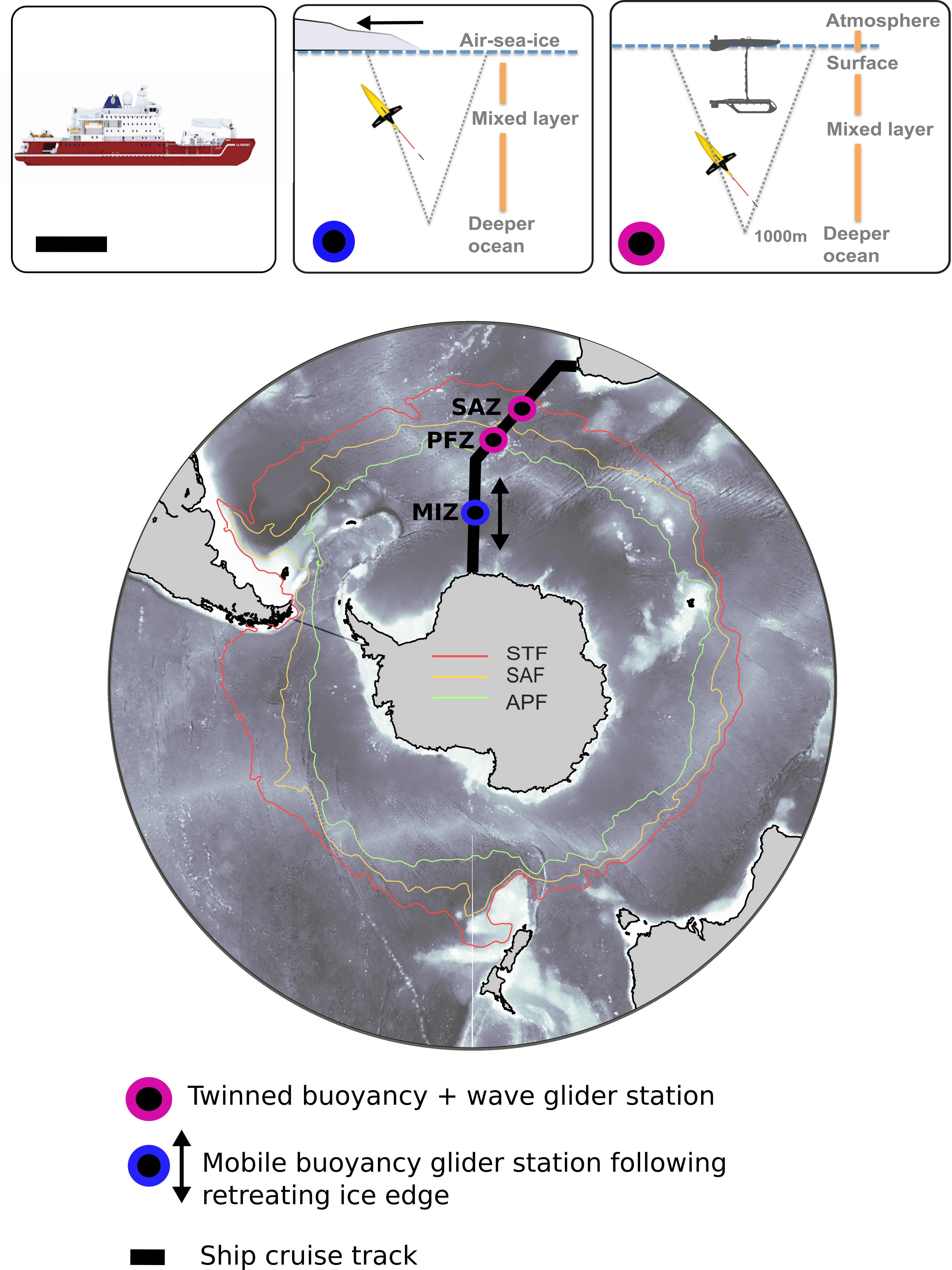
Figure: The integrated (ship-glider) observational approach for SCALE showing the location of the GoodHope Line and three representative seasonal glider experimental sites in the sub-Antarctic Zone (SAZ), Polar Frontal Zone (PFZ) and Marginal Ice Zone (MIZ).
DATA
Data and cruise reports from the SCALE programme can be found on the SCALE Zenodo Repository.
